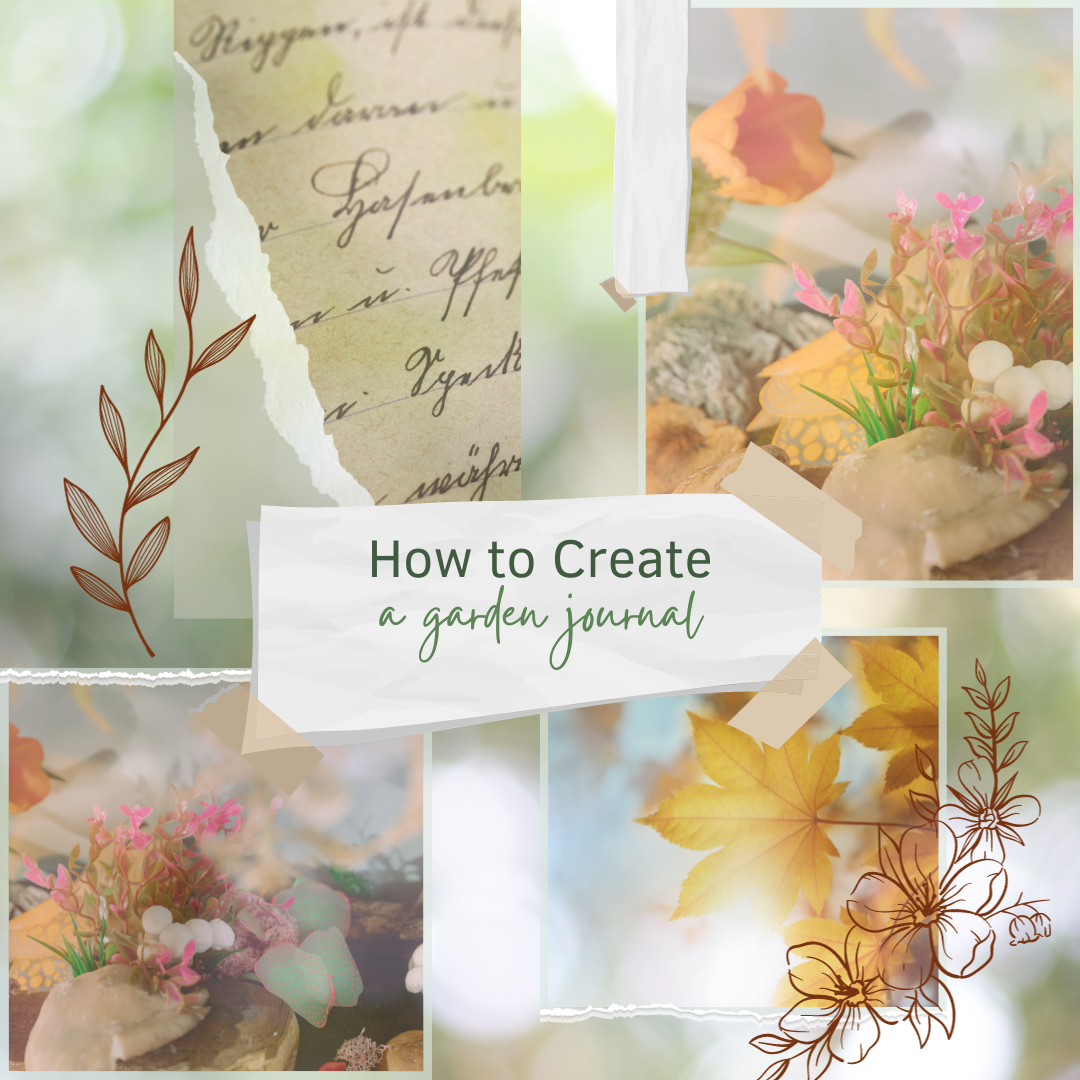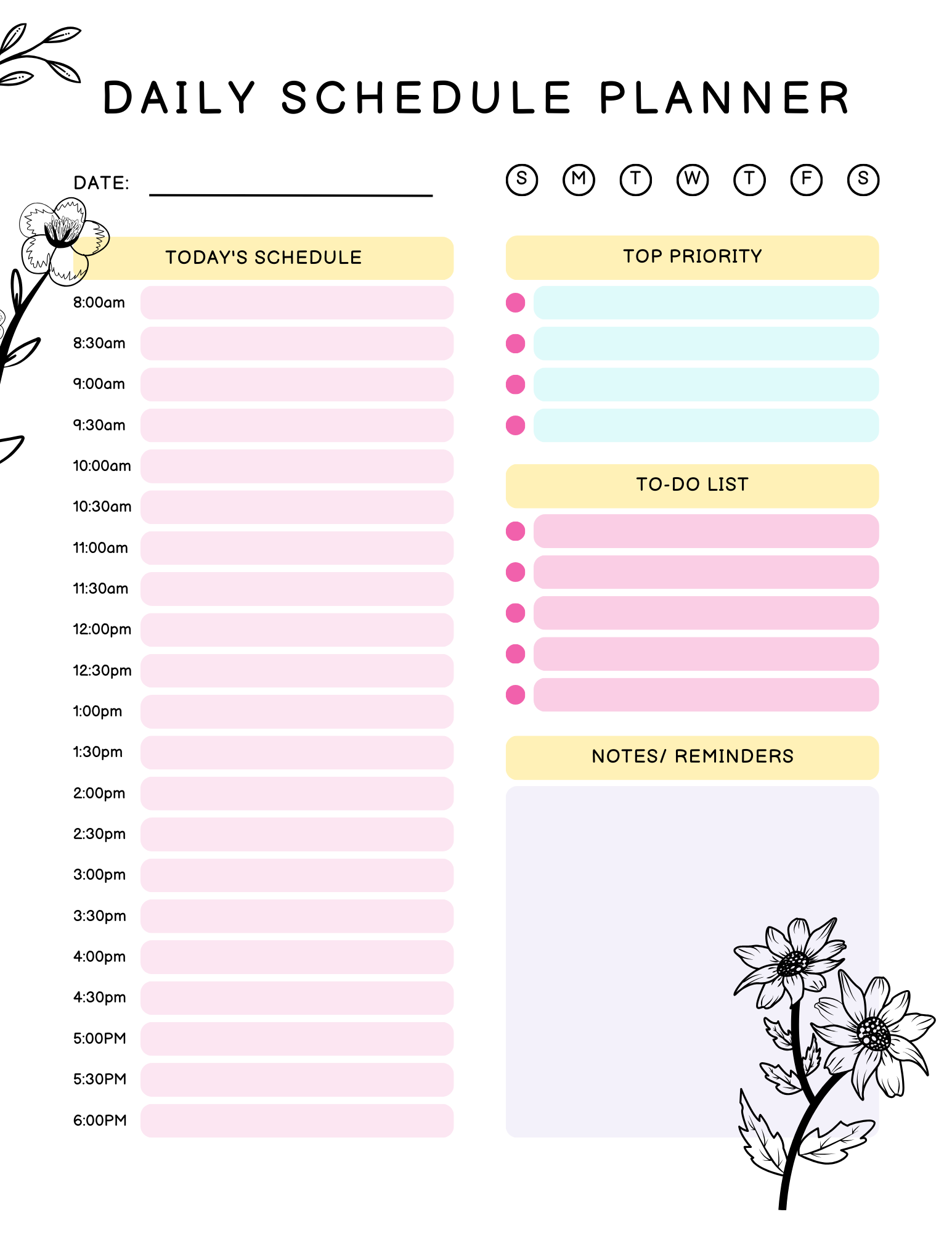
If you are wondering how to create a garden journal, the most obvious answer is: Write.
As usual, however, obvious answers are hardly ever true answers. Many times, they are insults thrust toward what a true answer might be, and while I often tell journalists and writers to do just that — just write! Nature writing and writing for a garden journal might require a different kind of effort.
I have taught writing for years, and I often advise writers to do an extensive amount of free writing–and/or writing in a stream of consciousness. Writing in a stream of consciousness is how I begin almost all of my writing projects.
Writing in a stream of consciousness is an open-ended process. It is a great way to destroy writing blocks. In fact, it is probably the number one most important writing habit that writers should develop. But nature writing and/or writing for a garden journal requires a bit more than writing in a stream of consciousness.
Nature writing requires a deliberate kind of seeing–followed by a disciplined type of descriptive writing. In my opinion, a great daily writing habit includes both a bit of writing in a stream of consciousness, as well as a more controlled writing from observation. If a would-be writer would do both types of writing every day, the quality of his writing would definitely improve.
My advice for the would-be garden writer is to go outside, at least once a day, and to look and to see, and then, to write. Capture what you see in words.

Step 1: Go Outside and into Your Garden
[No, your garden journaling is not an armchair sport. You can’t write in a garden journal while sitting inside and propped up, watching television. You gotta go outside.]
In an earlier post, I talked about Dorothy Wordsworth, who I’ll call the Mother of Nature Writers. Dorothy Wordsworth lived and wrote 200 years ago, and I can honestly say that she is one of my greatest inspirations as a diarist–especially as a diarist who records nature.
The following is longer than most of Dorothy Wordsworth’s daily journal entries, but it sets the stage:
MAY 14TH, 1800.—The lake looked to me, I knew not why, dull and melancholy, and the weltering on the shores seemed a heavy sound. I walked as long as I could amongst the stones of the shore. The wood rich in flowers; a beautiful yellow (palish yellow) flower, that looked thick, round, and double—the smell very sweet (I supposed it was a ranunculus), crowfoot, the grassy-leaved rabbit-looking white flower, strawberries, geraniums, scentless violets, anemones, two kinds of orchises, primroses, the heckberry very beautiful, the crab coming out as a low shrub. … I resolved to write a journal of the time – Dorothy Wordsworth Grasmere Journal
For too many years, I’d begin a journal of one kind or another, but I’d get mired in the trap of too much — too many words, too much editing, too many flourishes, too much polish, too much fakeness, just too much. But too much of anything is not the way to begin keeping a garden journal.
The following is an entry that is a little shorter than the first one was.
FRIDAY MORNING, 16TH.—Warm and mild, after a fine night of rain…. The woods extremely beautiful with all autumnal variety and softness. I carried a basket for mosses, and gathered some wild plants. Oh! that we had a book of botany. All flowers now are gay and deliciously sweet. The primrose still prominent; the later flowers and the shiny foxgloves very tall, with their heads budding. – Dorothy Wordsworth Grasmere Journal
And here’s an even shorter entry:
SATURDAY.—Incessant rain from morning till night…. Sauntered a little in the garden. The blackbird sate quietly in its nest, rocked by the wind, and beaten by the rain.
As you read all of the above of Dorothy Wordsworth’s journal entries, you must agree that without actually going outside and seeing the above things, she could not have written in the way that she did about what she saw.
How to Create a Garden Journal:
- Go Into Your Garden Almost Every Day
- Look Around Until You Spot Something that Interests You
- See It!
- Paint What You See with Words.
I have recorded excerpts from Dorothy Wordsworth’s Grasmere Journal
Study those excerpts. Learn how little it takes to create a daily garden and/or nature journal entry. If you want to do so, pick out a few of Dorothy’s entries and use them as templates to write your own entry.

But keep in mind that Dorothy’s writing is 200 years old. Unless you are still wearing a bonnet day and night and unless you are still wearing long, black dresses with frowzy collars, and unless you talk every day in the ways that Dorothy Wordsworth talked daily, you should not be writing like her either. Don’t make the mistake of trying to write with flowery words that are not real for the you who lives in the 21st Century.
For Dorothy Wordsworth, her words were real. They were raw, and her entries were economical. At the time that Dorothy Wordsworth wrote in her journal, ladies were not supposed to be writers, and Dorothy had no idea that anyone, except perhaps her brother William, would ever read her journal. She had no reason to impress anyone with fancy words. Dorothy Wordsworth’s writing was true to herself, and yours should be, too.
I’ll insert another note here: William Wordsworth was one of the most esteemed of the British poets during the Romantic period of literature. It was many years after both William and Dorothy lived that people discovered, in reading Dorothy’s journals, that William literally “stole” many of Dorothy’s words. But that is fodder for another post.
I am an avid gardener, and gardening is a huge part of my life. I have created the following free and printable 8.5″ x 11″ garden pages for your garden journal.
I do write literary pieces for my garden journal,
Church in My Garden – A Jacki Kellum Garden Journal Post for Autumn
but I also record the daily doings that are part of my gardening year.
Check out the following pages that might help you create your own garden journal:
Free Printable 8.5″ x 11″ Garden Journal Pages & 2024 Calendar


Discover more from Jacki Kellum
Subscribe to get the latest posts sent to your email.